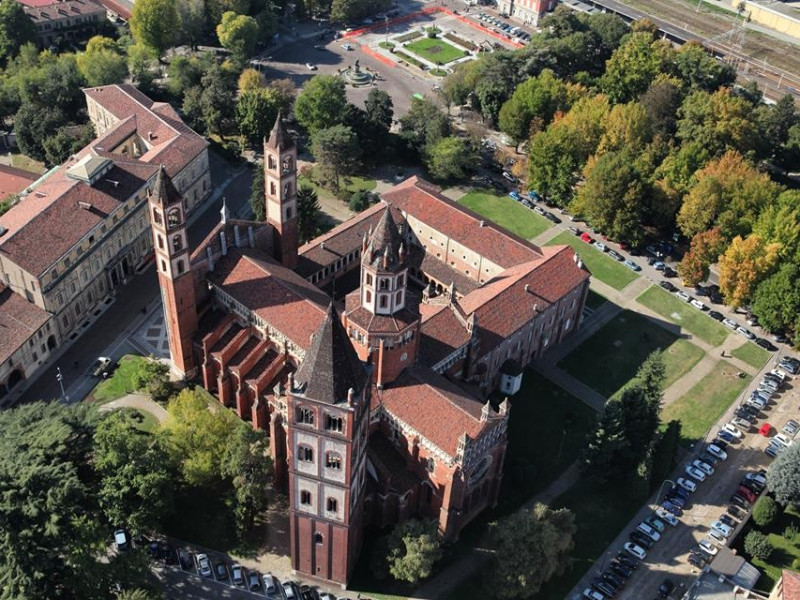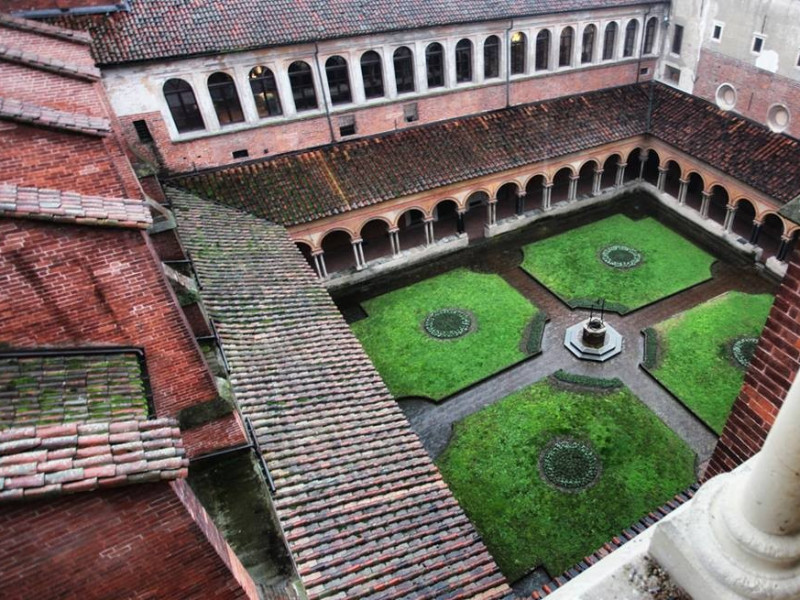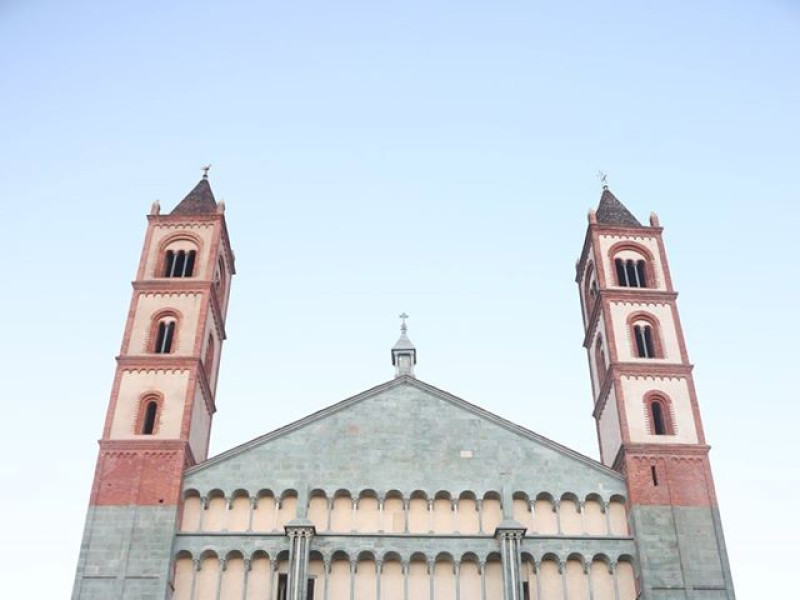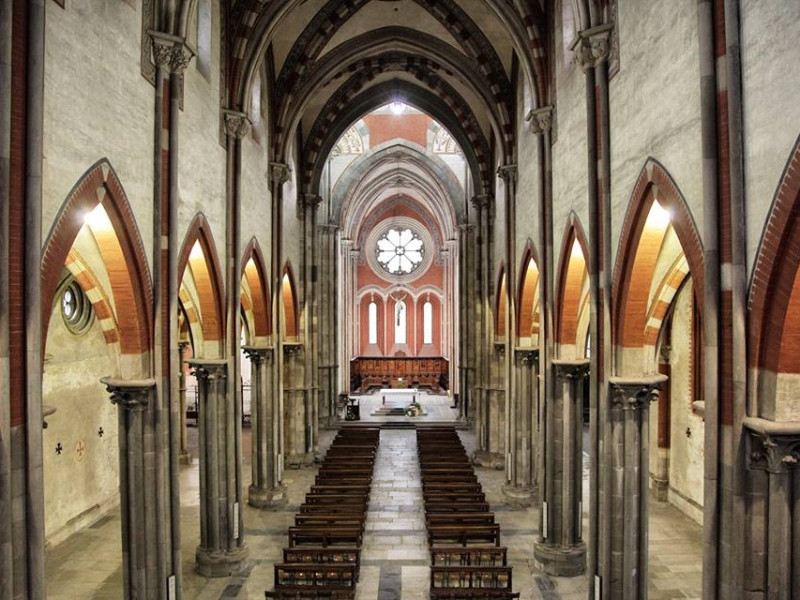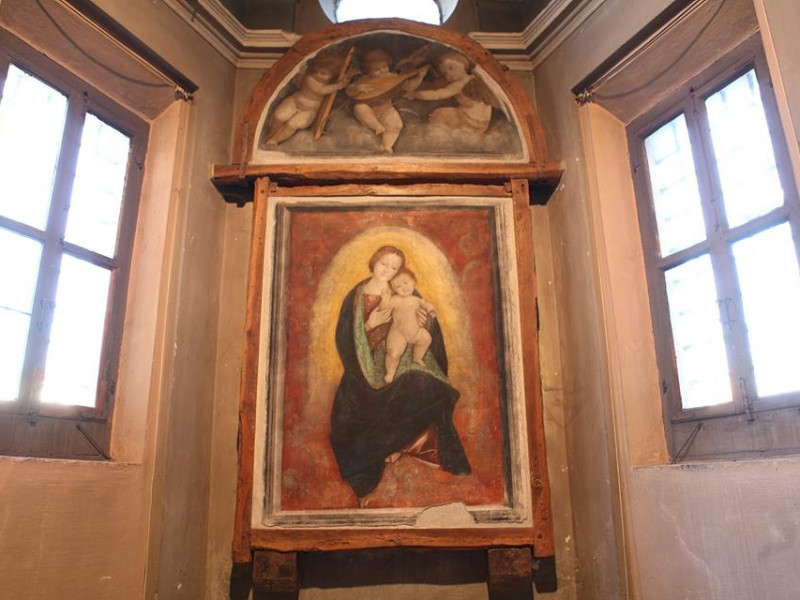Basilica di Sant'Andrea
Thanks to the extraordinary artistic and architectural features that characterize it, the Basilica di Sant'Andrea is a unique episode in the history of European art. Founded by Cardinal Guala Bicchieri who laid the first stone, it was erected between 1219 and 1227, an incredibly short time frame for the time, and soon became a symbol of the city. The masterpiece that has been produced, in its majestic lightness, formal elegance and surprising construction details, it is the result of the harmonious fusion of constructive and sculptural traditions very different from each other, who created one of the world's masterpieces of the link between the Romanesque and Gothic styles. The elegant and linear façade recalls Lombard-Emilian motifs, Norman and Provencal; great is the color balance between the green stone, red bricks and white columns of the loggias. Particular attention should be paid to the beautiful three entrance portals, two of which still retain the original lunettes with the representation of the martyrdom of St. Andrew, the work attributed to the school of Benedetto Antelami, and the offer of to the church by the Saint dedicatee by Cardinal Guala Bicchieri. At the sides of the facade, the two bell towers of Nordic inspiration, confer a particular upward momentum to the Basilica. The church has a Latin cross plan with three longitudinal naves separated by pillars surrounded by columns that emphasize the vertical stance. The light that pervades the interior of the Basilica comes from the opposing beautiful rose windows , the windows in the right aisle and circular openings left. The interior decoration is minimal: the frame painted arches and windows with flourishes, and the sculptural keys. The church is flanked by an elegant cloister whose vaults and refined terracotta decorations date back to the '500. On the cloister overlooking a very harmonious hall characterized by a large central column called "Piccolo Studio", which was once the guesthouse of the Pilgrims of the Via Francigena. Of great value is the Cappella Capitolare, considered one of the finest in Italy. The vault is supported by four columns with capitals crochet. In the altar compartment, there are two superimposed magnificent frescoes (putti musicians and a Madonna with child) attributed to Bernardino Lanino. In this beautiful setting in 1310, the emperor Henry VII, ratified the peace between Guelph and Ghibellines of Vercelli.
Info:
Opening time: week days 7.00-18.30; Sundays and Holidays, 8.00-19.15
